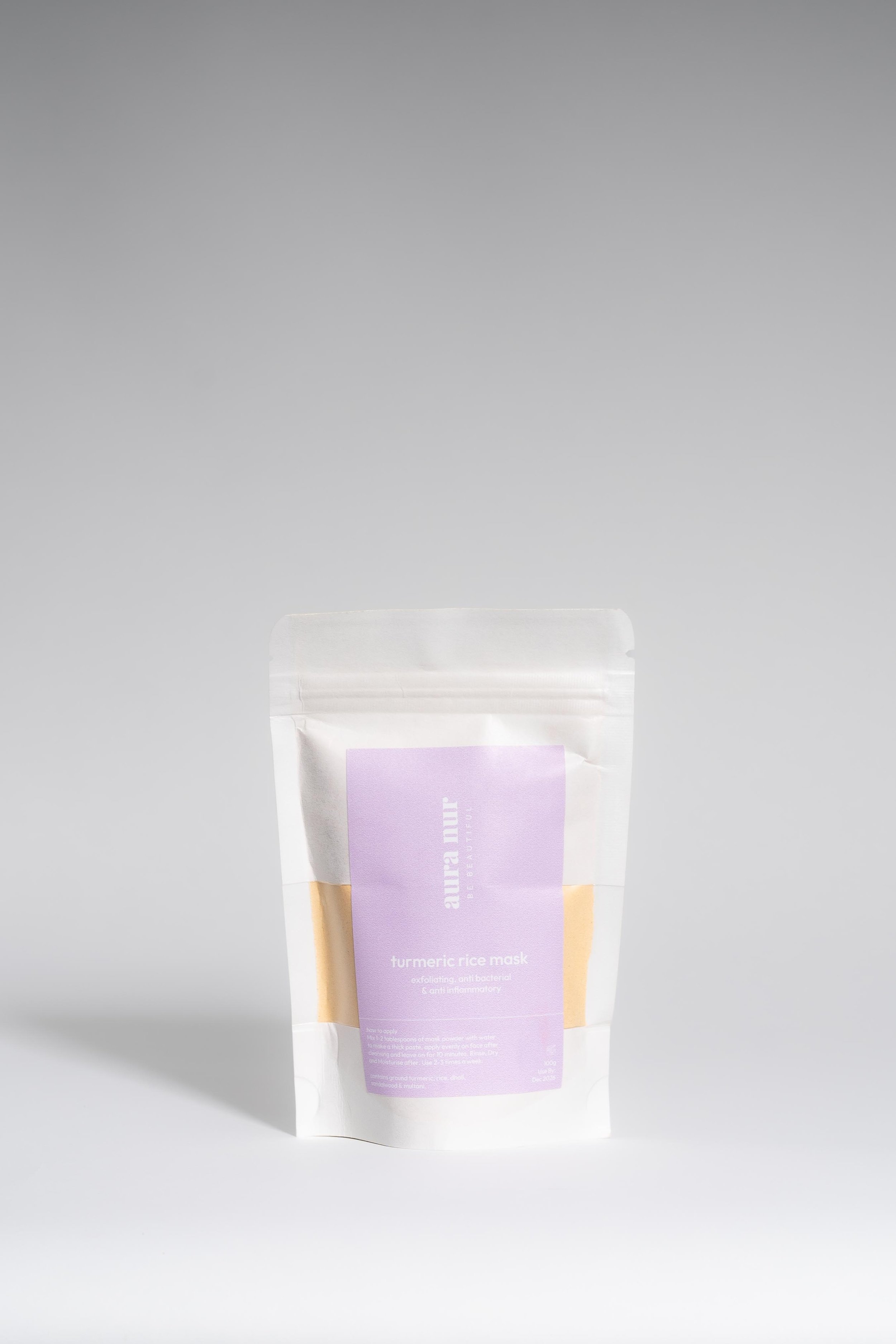The Importance of pH in Skincare
Hello, ladies! Recently we had a few of you ask, if my cleanser does not produce foam,
does it mean that my cleanser is not good enough?
Not at all! Our Recovery Cleanser has low pH, which means there’s little to no foam produced,
so it won’t dry up the skin. Cleansers that foams a lot may actually dry up your skin faster 😱
If you experience irritation and dryness from your cleanser, it’s time to reevaluate! Try calming, mild non-foaming cleansers because they’ll accomplish the job just as effectively without stripping or drying your skin.
Photo by Karolina Grabowska from Pexels
This leads to this month’s topic:
The Importance of pH in Skincare
What is pH?
pH basically means ‘potential of hydrogen’ in a solution, which is indicated by an acid-alkaline numeric scale that ranges from 1 (most acidic) to 14 (most alkaline). Anything below a pH of 7 is acidic, and anything over a pH of 7 is alkaline.
The pH of healthy skin is roughly 5.5, which is just mildly acidic. The skin has a protective layer called the acid mantle, which is made up of sweat, oil, sebum, and dead skin cells.
Maintaining this healthy pH range will shield your skin from contaminants and prevent bacteria from developing on the acid mantle.
What affects the skin’s pH levels?
A pH above 7 is alkaline, while a pH below 7 is acidic. The pH levels of the skin can change by a variety of internal and environmental factors, which can lead to skincare problems such as feelings of tight, dry or damaged skin.
Here’s some external factors to take note of:
Dirt and pollution
Chemicals
Washing/cleansing too often
Changes in humidity and temperature
Alkaline cosmetics/skincare
Certain medications and medical procedures
And some internal factors:
Genes
Hormones
Age
What pH level should I look for when searching for skincare products?
When it comes to caring for your skin, a product's pH is crucial, but so is the quality of its content. Products with scents, essential oils, or strong chemical irritants should be avoided.
Using products with a pH that’s slightly out of the healthy skin range, such as AHA or BHA with a pH of 3.6, or sunscreens with a pH of 7.5, can cause slight disruptions in your skin’s pH, but those disruptions are temporary and shouldn't be a cause of concern.
However, constant use of products that are highly acidic, such as those with a pH of 2.5 or lower, or highly alkaline products, such as those with a pH of 8 or more, will cause greater skin problems such as breakouts, itchiness, redness and sensitivity.
Products that have a gentle, neutral or slightly acidic pH levels, along with gentle ingredients that won’t break down or strip away sebum and sweat in the acid mantle, are the best to have.
Photo by Pavel Danilyuk from Pexels
Don’t worry though, you’ll be happy to know that most skincare products today are already pH balanced! If they’re not, take a look at your current products and skincare routine to determine how to balance everything out.
A decent pH level to look out for would be between pH 4.5-7, the best being pH 5.5.
The Importance of your Skincare Routine
Now, if some of your skincare products are slightly more acidic or alkaline, it’s important to apply them in a proper sequence to preserve a healthy, pH-balanced skin.
If you’re using a chemical exfoliant, retinoid, or a Vitamin C serum, they will disturb the skin's acid mantle and pH level temporarily if you use them. This is why it is important to follow up with a moisturiser to restore that balance and replenish the skin. Move from thinnest to thickest of your skincare products!
Here’s an example of Aura Nur’s recommended skincare routine:
Cleanser > Masks > Serum > Moisturiser > Spot Treatments or Gels > Sunscreen
Check out our in-depth skincare routine here: How and When To Apply Your Skincare
Now, here’s where we recommend you some of Aura Nur’s favourite skincare products to help balance out your pH levels:
1. The Recovery Cleanser
Our cleanser has a pH level of , it’s definitely an essential to your skincare routine!
2. Turmeric Rice Mask
Works great as an exfoliator! Use it two to three times a week for glowing results.
BONUS
How do we check the pH of our skin?
This isn’t compulsory, but if you’re curious to know, here’s some suggestions!
At-home test strips
You might be able to detect your skin's pH on your own thanks to at-home pH kits. These are measured by applying paper strips to your skin and taking measurements. Make sure to buy pH kits that’s designed for your skin if you want the greatest results ;) (psst, don’t get those that determine your body's overall pH levels based on your saliva and urine- those aren’t useful for your skin unless that’s what you want to know 😂)
Observe and estimate
You can also check the pH of your skin without test strips- by paying close attention to your skin! Generally, balanced skin would have a smooth texture without dry patches. Skin with high pH (moving towards an alkaline profile) will most likely see irritation, acne, redness, and dry patches.
Through a dermatologist
A dermatologist may provide liquid pH testing at their clinic, and if you're interested in cosmetics or other skin-related care, they can assist you right then and there.
That’s all for today, Glow Seekers ✨!
If you made it this far, we thank you for reading all the way through, and we hope you’ve learned a thing or two.
What other types of myths have you heard about that you would like us to clarify? Let us know in the comments!
If you’ve got any questions to ask, our DMs and WhatsApp are also always open for you ;) See you next time 💜







